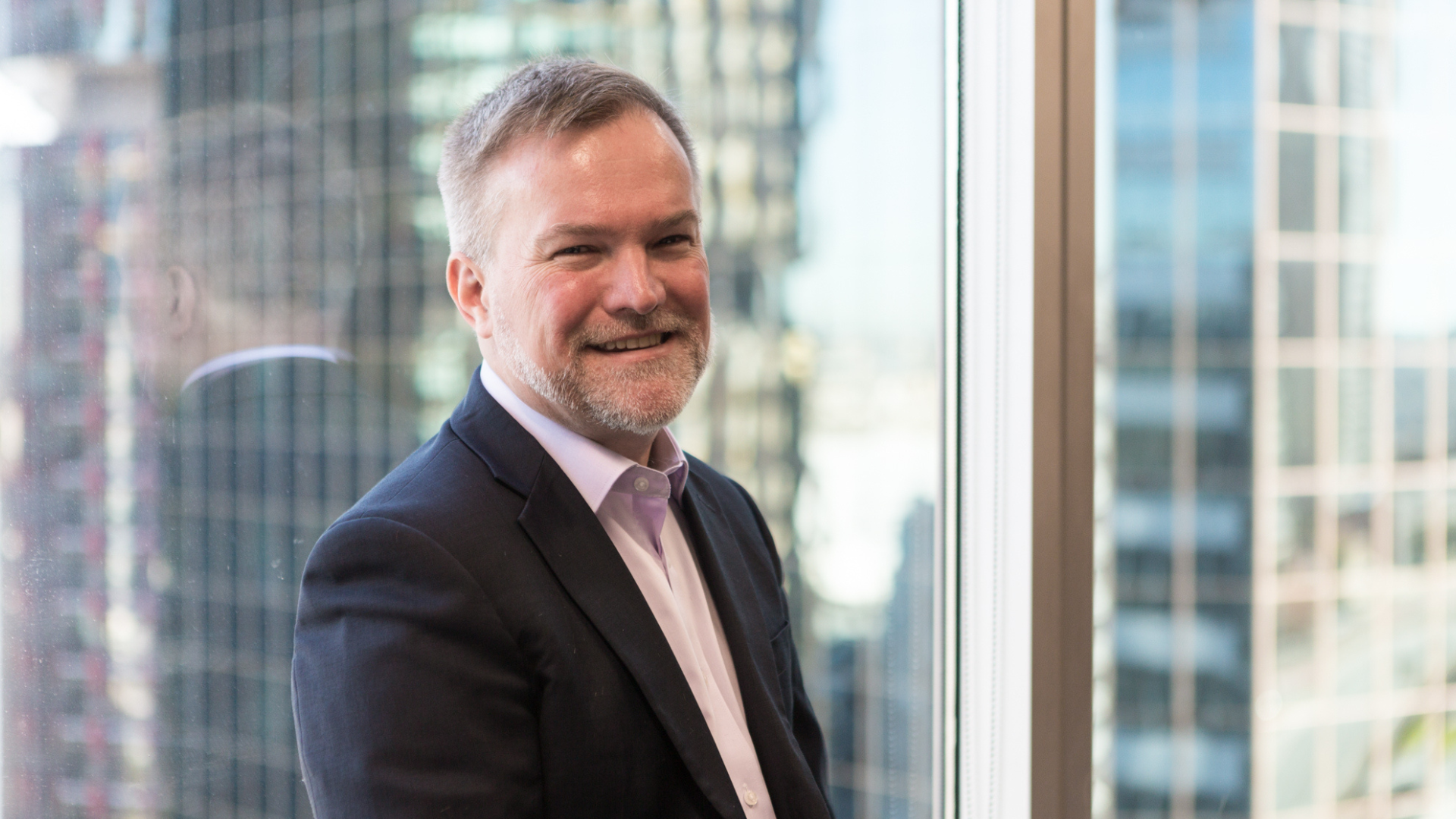Perma-bears vindicated, but the damage isn’t over
The bubble is finally bursting, but it took a while. It was last June when inflation flashed onto the scene for the first time since the 1970s, rapidly becoming more than transitory. But PE ratios continued to rise, propelled by faith in the Fed and short memories. Still, investors were soon reminded that inflation is a “nasty and pernicious thing”, and the market has now fallen faster than it did in the lead-up to WWII, when renowned GMO perma-bear Jeremy Grantham was one year old.
“Profit margins are like the maiden on the track with the train whistling in the distance,” Grantham said. “Everybody now realises that profit margins are going to get hammered. Inflation is going to do a job; wage pushing is going to do a job; shortages from Covid and the war buzzing around bottlenecks here and there are going to do a job.”
But Grantham and GMO believe that investors are still too comfortable. In comparisons, Grantham is only interested in the great “two to three sigma events”; the housing bubble, the Tech Wreck, and the bubble preceding the 1929 Crash (the Nifty Fifty “doesn’t quite make the cut”). The market has only reached the peak of 2000 on a price to sales basis, and things are still “enormously overpriced” – which is no help for timing. ‘
The things that do help on timing are what the big bubbles have in common: an acceleration in stock prices, most recently seen in 2020, when the Nasdaq doubled in a “glorious acceleration” that mirrored the Tech Wreck; a divergence, “totally unique through financial history”, where the speculative stocks go down and the Blue Chips go up as investors search for safe havens; and “crazy behaviour.”
“I believe we had the craziest behaviour of all time with Bitcoin and the meme stocks; and with my favourite, QuantumScape. Four years from sales and earnings, it went to $55 billion on a potential design for batteries for electric cars.” (Grantham “accidentally” booked a $200 million profit on QuantumScape after it went public through a Special Purpose Acquisition Company, an instrument he’d previously described as “reprehensible.”)
Grantham’s personal foundation moved to a huge “mission-driven” position in green venture capital about twelve years ago – the “pointy end of speculation” which is now being hammered as the bubble breaks. The allocation there is around 75 per cent. To combat that, the foundation is using the remaining 25 per cent as “carefully and effectively” as it can, going short the Nasdaq to 15 per cent of face value and long credit default swaps on handpicked companies “likely to fail”, which were bought last year, to about 15 per cent. About 70 per cent of every dollar left over was put into the equity dislocation, deploying the winnings from shorts into dip buying.
The question of whether the bubble will keep bursting is an “interesting one”, said Ben Inker, GMO co-head of asset allocation, though the bursting of the other great bubbles of the last 50 years has gone significantly lower.
“There is no guarantee that this one will go in that fashion… But we have been living in a very comfortable world for investors for a long time, and suddenly the world feels a lot less comfortable. And that should, if investors act on average as they have over the last hundred years, lead them to want to continue to de-rate the market.”
While the post-GFC years were not a bumper period for economic growth, they weren’t a volatile one either – an obvious boon for growth companies that need to make lots of speculative investments in order to keep growing. In a world where next year looks like last year, the playbook that was successful last year will be successful next year – until it isn’t.
“So the idea that you can just buy a secular growth company and watch the money rolling in, that may have been a feature of a very calm time in the global economy,” Inker said. “And if we’re entering into a more changeable one, the idea that you should want to spend a large premium on companies that managed to grow in the recent past might not be as compelling anymore.”
“And that is one of the reasons why… this bear market might have a good deal more to go. This growth stock bubble should go all the way back to normal, and might go through to the other side.”











